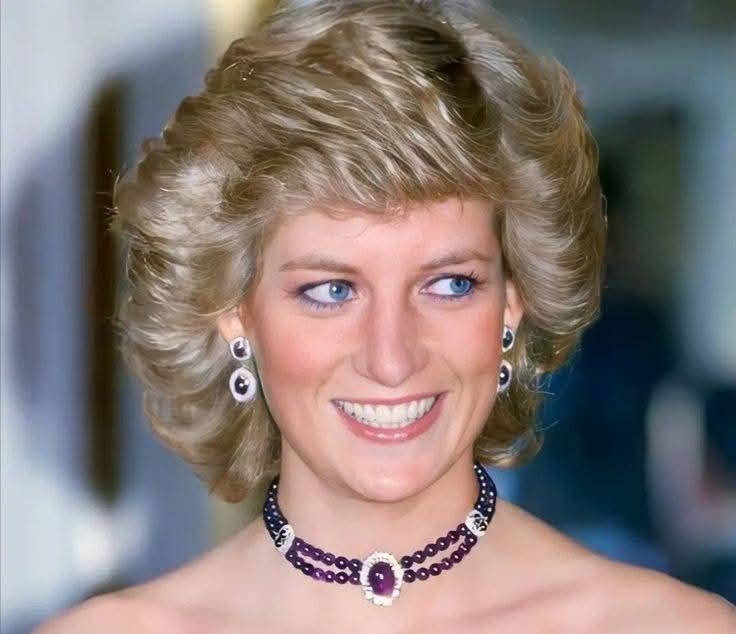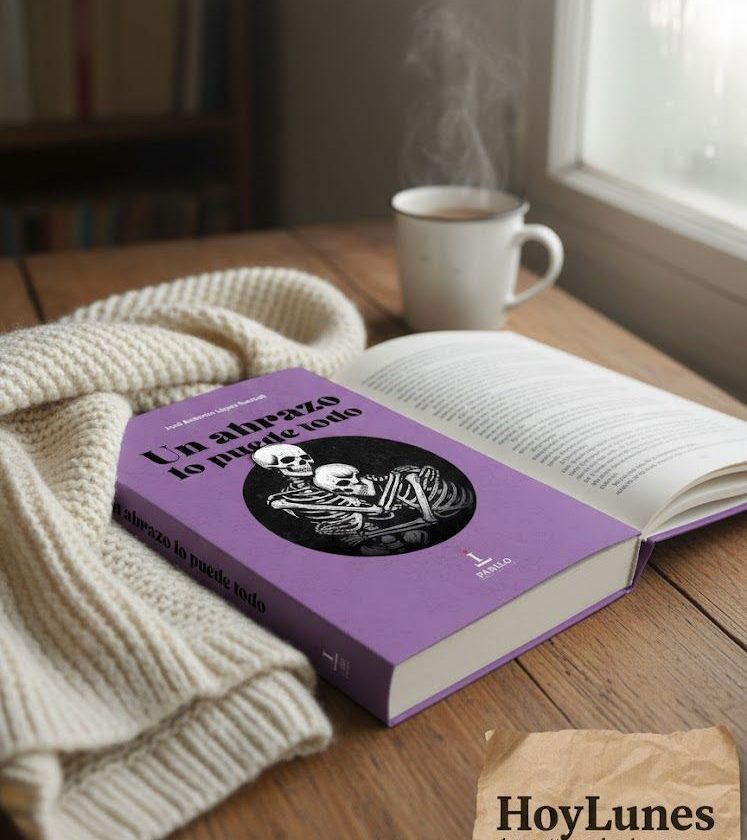From fear to hope: the human legacy of a princess who defied prejudice and borders.
Beyond the palaces, Diana wrote with simple gestures a story of compassion and dignity.
By Jorge Alonso Curiel
HoyLunes – The day Lady Di, the People’s Princess, died, that August 31, 1997, I suffered three great shocks. The first was that my grandmother woke me up very distressed because she was experiencing intestinal discomfort, and we drove that rainy Sunday morning—because it was Sunday—from her village—where I was spending a few days with her—to the Emergency Department of the Clínico Hospital in Valladolid. The second shock was that, minutes after some nurses had placed her in a wheelchair and taken her through some revolving doors that led to the different consulting rooms where doctors attended patients, those same three young nurses came out of there moments later, frightened, speaking to each other with their eyes wide open and covering their mouths with the palms of their hands, and that froze my blood, set my heart racing, as I believed their fright was caused by my grandmother’s condition, by that patient who had just gone in. Fortunately, they passed by me and I was able to hear what they were saying, and they were saying that they could not believe that Lady Di had died in a car accident the previous night, that such a tragedy could not have happened: it was impossible. I calmed down, then, realizing that it was not about my grandmother, and that what had caused them such fright was another matter; my grandmother came out three quarters of an hour later, already with a smile and without those stomach pains.
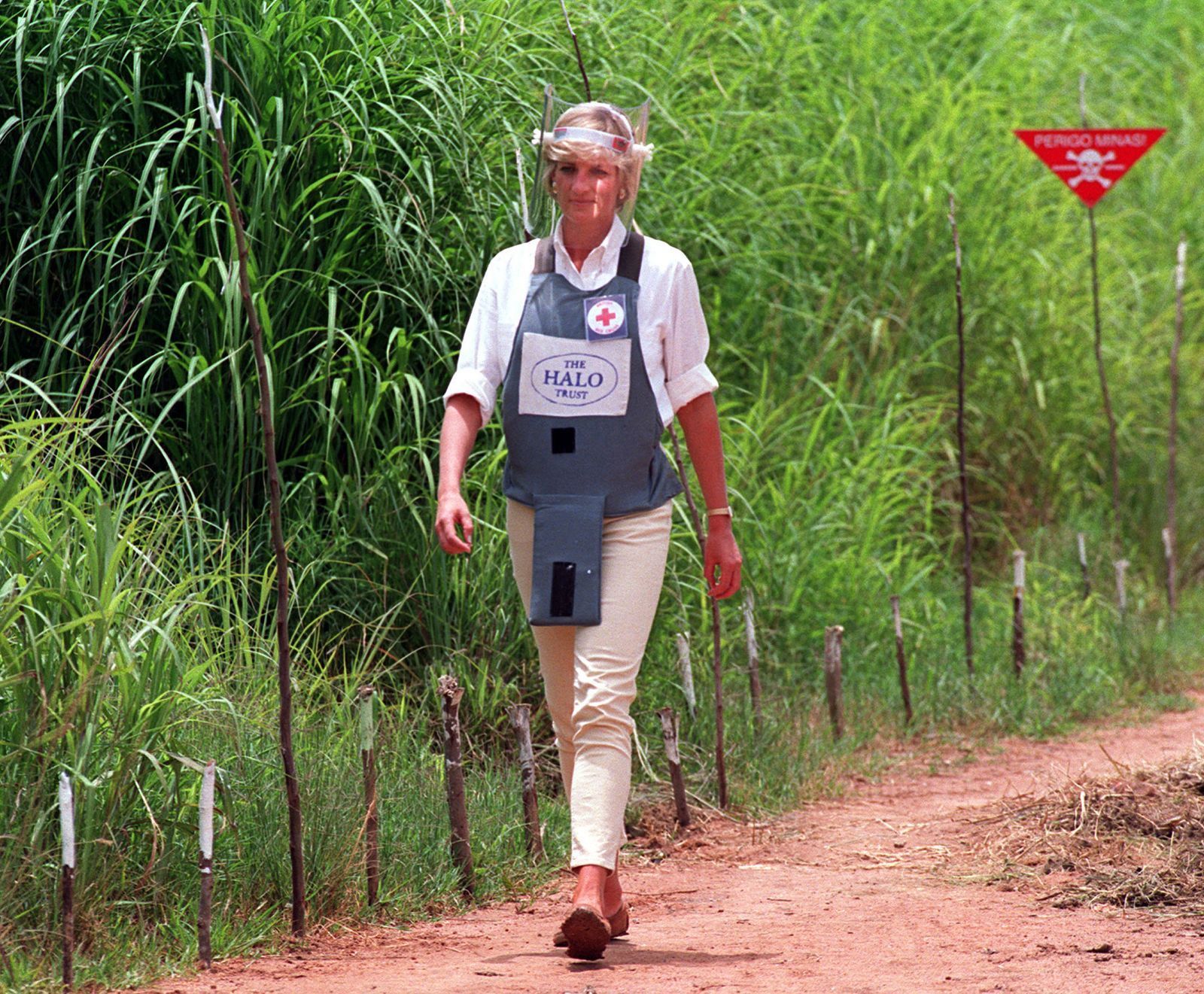
But once I calmed down, once my racing heartbeat subsided, I began to realize what had happened, that this beautiful and tender woman, so mistreated and battered by life, that cold beauty hiding a great heart, distant and untouchable like a Greek sculpture, had died, although I did not yet know how that accident had occurred.
In those years there was no internet or mobile phones, and one learned the news at another pace, in another way. And fortunately, a middle-aged couple sitting behind me, who were also waiting in that waiting room for news about the health of one of their relatives, began to talk about the princess’s fatal accident in Paris: her car had crashed into a pillar in a tunnel, and her companion and fiancé had also died with her in the back seats of that luxury car, driven by a professional chauffeur who was going too fast, trying to escape the paparazzi who were chasing them. That was the third shock of that rainy and somewhat cold August morning, and I could not believe it either, I was stunned. After all that woman had suffered, after how good-hearted she was—or seemed to be—after how necessary she was in the world, sowing peace and concord wherever she went in her acts as a messenger of peace, such as when she shook the hand of an AIDS patient without gloves, an image that traveled around the world and helped normalize that disease; or those images in Angola, in which she was seen wearing an army vest, walking through a minefield and thus raising our awareness of that barbarity…
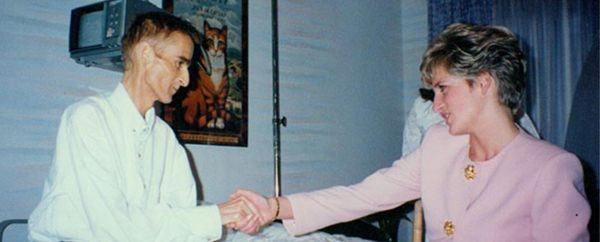
Lady Di, Diana of Wales, has many similarities with Marilyn Monroe. Full of magnetism, charm, tenderness, pure kindness, melancholy, attractiveness—each with a different kind of appeal, but attractive nonetheless—with artistic and spiritual concerns, mistreated by their surroundings and by their personal demons, unlucky in love, and both very vulnerable, tremendously sensitive, and brimming with fragility. And both, curiously, died at the age of 36, in their prime, with the world at their feet, of tragic and not entirely clarified deaths—or supposedly not clarified—as clear examples of our fleeting mortal condition. It seemed that both had their tragic ending, their fatal destiny, written in their gaze, and that nothing and no one could prevent it. Poor women.
And the truth is, there are people in this world who carry tragedy written in their DNA, in the book of their destiny, and perhaps they themselves also know that they will end this way, yet are unable to change it no matter how hard they try. They are beings who seem to arrive in this reality without shields to protect themselves, and who also do not know how to create them. Pure souls, who help others selflessly, full of sensitivity, who allow themselves to be manipulated, deceived, and even mistreated, and who carry within them a melancholy that seems to come from previous lives, a primordial melancholy, which prevents them from moving naturally in this reality and forces them to feel like strangers, like foreigners.

In my grandmother’s village there was also a girl like that. Her name was Sonia, and she was four years older than me. Short, with delicate and beautiful features that radiated a special kindness and tenderness, and in her gaze also lived that cursed melancholy, an inconsolable sorrow. She was too good for this life. She loved animals; at her home she cared for six dogs, three cats, and even had in seven cages birds of different kinds, despite her mother’s anger at having to live in that Noah’s Ark. A brutal mother whom I hope hell has judged as she deserved, and who one day, in the mid-1980s, without any explanation, threw her out of the house at the age of 17 so she could fend for herself.
Sonia arrived in Valladolid with nothing in her pockets and lived for a while on its cold streets until she met a man who took her into his home, and with whom she fell madly in love. A man who was not good for her—not good for any woman—and who introduced her to the world of drugs. Later, that man ended up abandoning her and she went back to living on the street, until someone took her in at a shack in a settlement well known in the city at the time. Months later, in a nearby wasteland, she was found dead one cold January morning, her skin as white as the purest flower, with a syringe hanging from one of her arms. Poor girl.

What would have become of these women if they had been freed from all their demons, from all their bad fortune? What beautiful things would they have continued to enjoy?
It seems there is no place in this world for such different and delicate beings. “You must be tough, strong, not let yourself be carried away by feelings if you want things to go well for you,” we have been told thousands of times. The world is a decorated sewer, and no one seems to have taught this to these women. “Being good is a mistake,” I have heard in many places. “Being good causes melancholy.” “You can’t eat tenderness and understanding,” someone once told me, someone I would rather not remember. What is clear to me is that princesses who seem to come straight out of a fairy tale belong to a world more interesting and less unjust than this one, and that sensitivity and kindness seem to speak a foreign language of which only a few whispers reach us in the inhospitable night.
I will never forget that Sunday morning of shocks, rain, and unexpected cold, 28 years ago. That morning when, for a 21-year-old young man, life began to reveal the injustice and sadness it carries within.
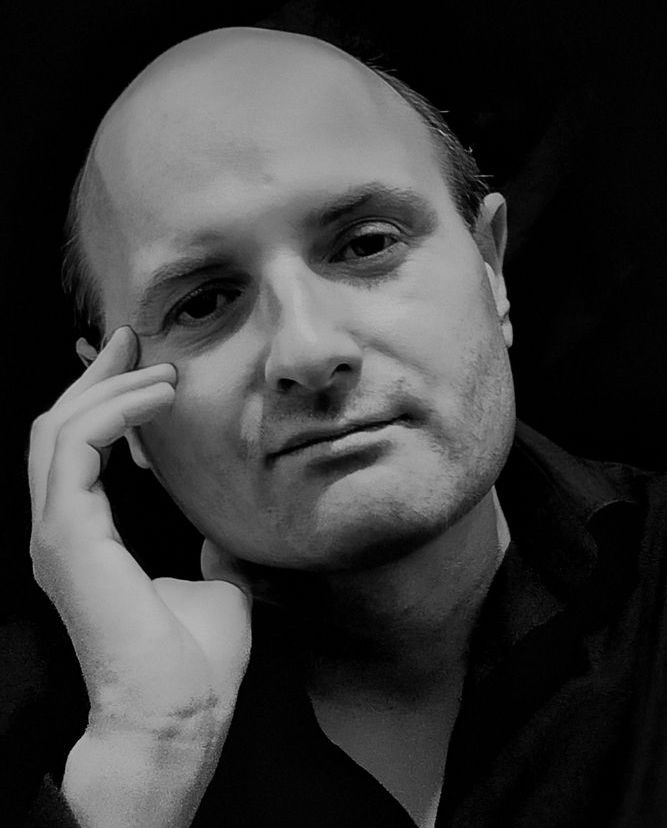
#hoylunes, #jorge_alonso_curiel, #lady_di,
